The Autorité de Sûreté Nucléaire (ASN) is France’s `nuclear safety regulator. It has stated that it is prepared to provide Électricité de France S.A. (EDF) with more time so that they can implement safety upgrades required at its fleet of nine-hundred-megawatt nuclear power reactors.
EDF is a French multinational electric utility company owned by the French state. Headquartered in Paris, with seventy eight billion dollars in revenues in 2016, EDF operates a diverse portfolio of at least 120 gigawatts of generation capacity in Europe, South America, North America, Asia, the Middle East, and Africa.
EDF’s thirty-two nine-hundred-megawatt reactors were put into commercial operation between 1977 and 1988. They include the oldest operational nuclear reactor in France. Such nine-hundred-megawatt reactors are currently in operation at EDF’s Blayais, Bugey, Chinon, Cruas-Meysse, Dampierre, Gravelines, Saint-Laurent and Tricastin plants.
ASN reviews operations at all French reactors every ten years. These reviews are conducted in two steps. First, the ‘generic’ review phase which covers subjects common to the design of all nine-hundred-megawatt reactors. Second, the ‘specific” review phase which deals with each reactor individually. The current review series will end in 2031.
In February 2021, ASN established the conditions for the continued operations of EDF’s reactors beyond forty years. This completed the ‘generic’ phase of the review series. ASN said that it considered the measures planned by the EDF combined with those mandated by the ASN would ensure the safety of all such reactors for a further ten years of operation.
The measures required verifying the conformity of the reactors with their reference system as well as improving their ability to withstand more severe attacks “of internal or external origin.” Modifications will also limit the radiological consequences of accidents or attacks which do not result in a core meltdown. In addition, improvements will be made in the arrangements for managing accidental or aggressive situations which impact the spent nuclear fuel storage at the reactors.
So far, EDF has initiated or completed the fourth ten-year inspection of sixteen of its reactors. The majority of safety improvements have been implemented. In October of last year, EDF requested that ASN postpone deadlines for some of the requirements of this decision, “given the difficulties of being able to meet them.” EDF said that these difficulties included the following problems. The possibility of the occurrence of technical hazards during the implementation of certain requirements. Issues with making changes in the scheduling of outages for fuel renewal, linked in particular to the discovery of stress corrosion on auxiliary lines. There are possibilities of long-term accidental outages and tensions affecting the electrical network. And, finally, the concomitance of other periodic reviews causing strains on its engineering capabilities.
ASN said, “The modifications requested by EDF also aim to standardize the deadlines between the reactors, in order to facilitate the industrial programming of the work, to limit the number of different configurations of the reactors and thus to facilitate the appropriation of safety improvements by the teams responsible for operations. Taking into account the difficulties presented by EDF and the justifications provided regarding the deadline extensions, ASN considers the request acceptable.”
The application file presented by EDF and the ASN’s draft amending decision are now subject to a three-week public consultation.
Blog
-

Nuclear Reactors 1306 – French Regulator ASN Is Providing More Time For Mandated Safety Improvements To EDF Nuclear Reactors
-
Nuclear News Roundup November 13, 2023
Xcel’s Prairie Island nuclear plant will be out of commission until January startribune.com
How IAEA Could Respond to Iran’s Defiance of Nuclear Transparency Demands voanews.com
Entergy’s nuclear plant north of Baton Rouge was forced into temporary emergency shutdown nola.com
Russia deploys new nuclear missile in Kaluga region – RIA reuters.com
-
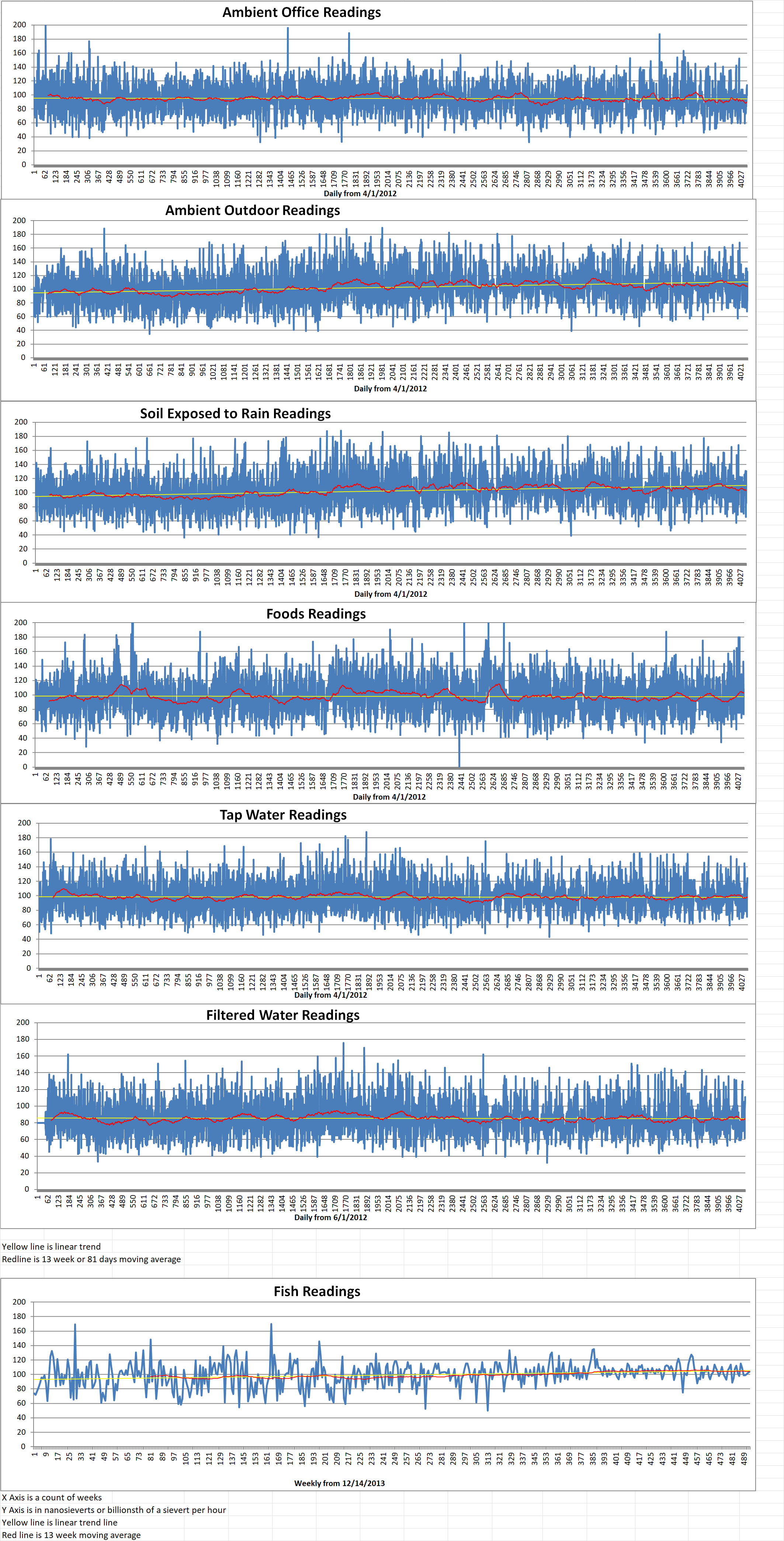
Geiger Readings for November 13, 2023
Ambient office = 100 nanosieverts per hour
Ambient outside = 93 nanosieverts per hour
Soil exposed to rain water = 93 nanosieverts per hour
Avocado from Central Market = 108 nanosieverts per hour
Tap water = 119 nanosieverts per hour
Filter water = 111 nanosieverts per hour
-
Nuclear News Roundup November 12, 2023
Bird Continues To Grow Institutional & Nuclear Portfolio In Ontario globenewswire.com
Two electricity-generating units temporarily offline at Prairie Island nuclear plant kare11.com
Europe’s largest nuclear reactor resumes production after technical fault hindustantimes.com
Idaho National Nuclear Lab Targeted in Major Data Breach darkreading.com
-
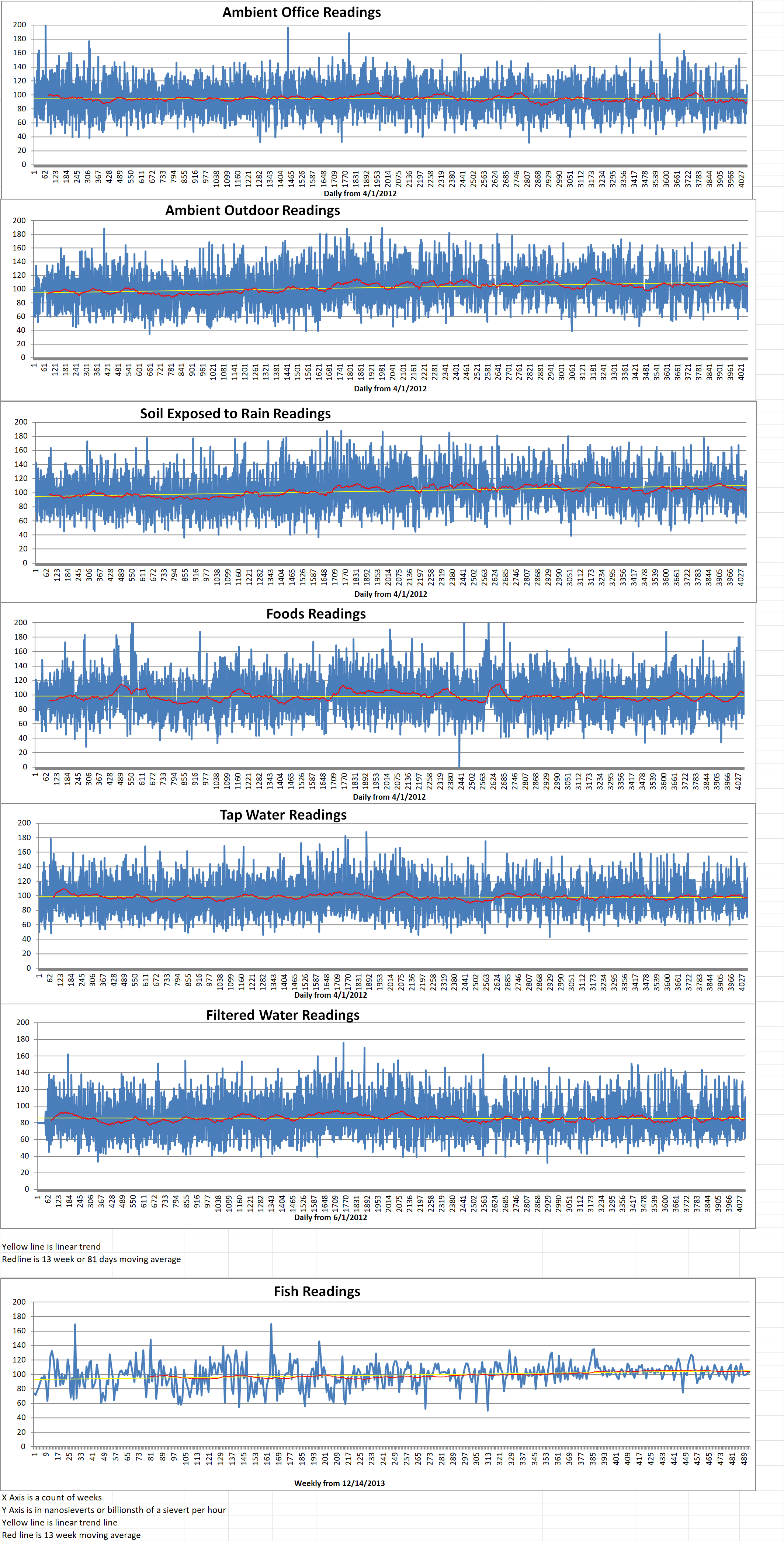
Geiger Readings for November 12, 2023
Ambient office = 110 nanosieverts per hour
Ambient outside = 84 nanosieverts per hour
Soil exposed to rain water = 85 nanosieverts per hour
Roma tomato from Central Market = 73 nanosieverts per hour
Tap water = 124 nanosieverts per hour
Filter water = 111 nanosieverts per hour
-
Nuclear News Roundup November 11, 2023
Koeberg 1 back online after milestone outage world-nuclear-news.org
Installation of El Dabaa 2’s core catcher begins world-nuclear-news.org
IAEA Aids Nations in Thwarting Unregulated Nuclear Acts miragenews.com
IAEA chief notes ‘strong’ water release from N. Korea’s Yongbyon nuclear reactor en.yna.co.kr
-
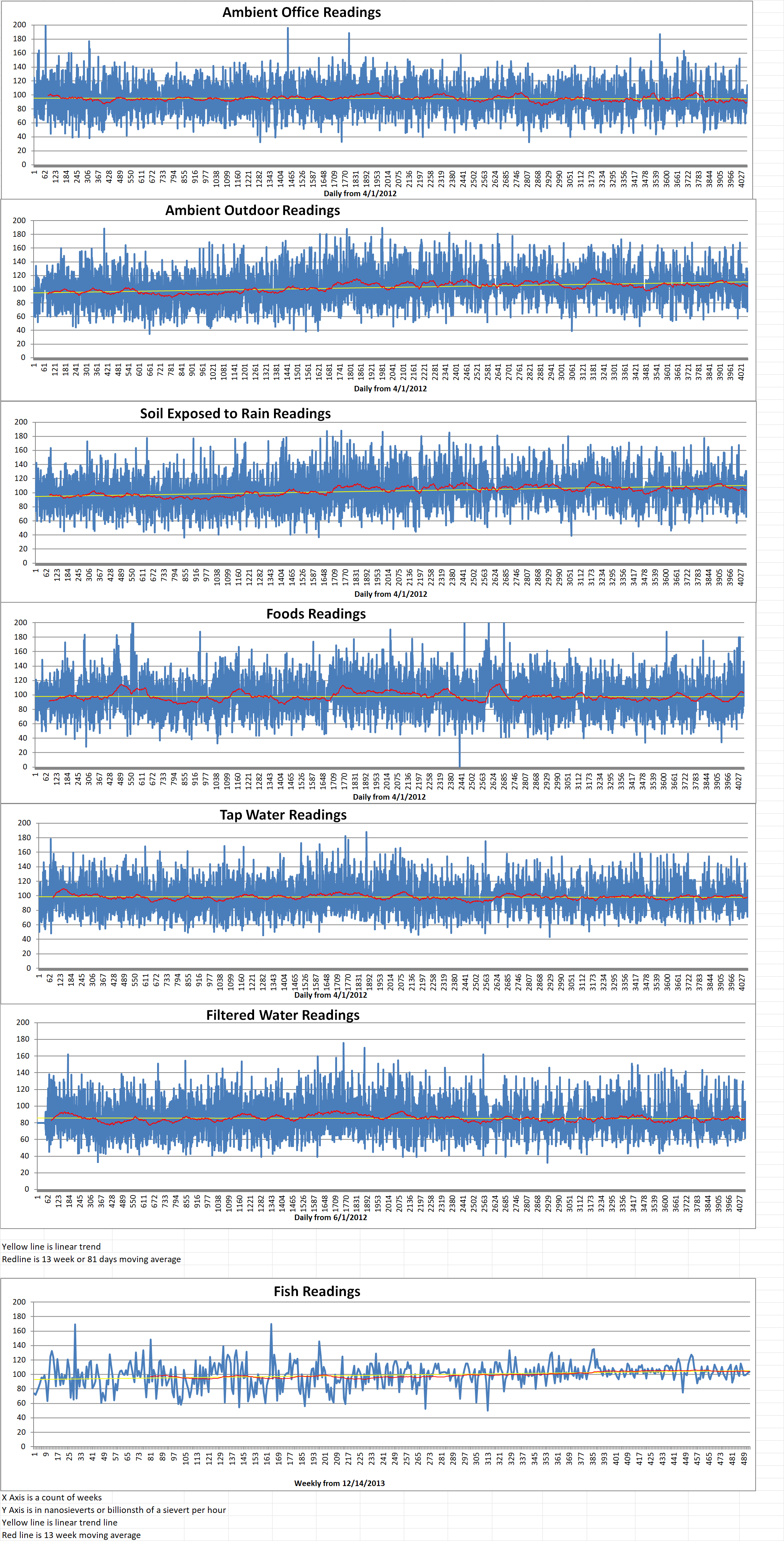
Geiger Readings for November 11, 2023
Ambient office = 114 nanosieverts per hour
Ambient outside = 126 nanosieverts per hour
Soil exposed to rain water = 130 nanosieverts per hour
Red bell pepper from Central Market = 85 nanosieverts per hour
Tap water = 121 nanosieverts per hour
Filter water = 106 nanosieverts per hour
Dover Sole from Central = 104 nanosieverts per hour
-
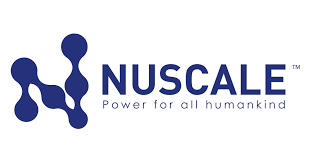
Nuclear Reactors 1305 – NuScale Opens It Sixth Computer Simulation Facility For It VOYGR Nuclear Power Plant
NuScale Power Corporation just announced the opening of the first privately-funded NuScale Energy Exploration Center (E2 Center) at Seoul National University (SNU) in partnership with GS Energy Corporation, Doosan Enerbility and Samsung C&T corporation.
The E2 Center offers participants a hands-on opportunity to apply nuclear science and engineering principles through simulated, real-word nuclear power plant operating scenarios. The E2 Center employs state of the art computer modeling to simulate a NuScale 924 megawatt VOYGR-12 small modular reactor (SMR) plant powered by twelve NuScale Power Modules.
NuScale said, “As the first E2 Centre in Asia, the educational training hub serves as a workforce development tool for South Korea to develop the next generation of advanced nuclear experts, technologists, and operators, positioning the country to become a regional leader of SMR deployment in Asia.”
José Reyes is the NuScale Co-Founder and Chief Technology Officer. He said, “NuScale’s groundbreaking SMRs are years ahead of the global competition as the only advanced nuclear technology with US Nuclear Regulatory Commission approval, and today’s opening of the E2 Centre allows South Korea to advance its position as a global leader in clean energy. With the support of our partners GS Energy, Doosan, Samsung C&T, and Seoul National University, we are excited to reach this new milestone in our collaboration to advance the shared goal of global decarbonization.”
Professor Eung Soo Kim is the Head of SNU’s Department of Nuclear Engineering. He said, “The E2 Centre provides our students with an unrivaled opportunity to engage in hands-on SMR operations, cultivating the expertise essential for leading the global clean energy transition. We are proud to be the first institution in Asia to integrate NuScale’s state-of-the-art simulation technology into our curriculum.”
The first center opened at Oregon State University in November 2020. It was followed by a second center at the University of Idaho at the Center for Advanced Energy Studies in August 2021. The third center is located at Texas A&M’s Engineering Experiment Station. It opened in November of 2021. The fourth center opened in October of 2022 at Idaho State University in Pocatello, Idaho. In May of this year, the first E2 Center outside the U.S. opened at the University of Politehnica of Bucharest, Romania.
The VOYGR nuclear power plants are based on the NuScale Power Module (NPM). It is a pressurized water reactor with all the components for steam generation and heat exchange incorporated into a single seventy-seven megawatt reactor. NuScale offers a twelve-module VOYGR-12 power plant which is able to generate nine hundred and twenty-four megawatts. It also offers the three hundred and eight megawatt four-module VOYGR-4 as well as the four hundred and sixty-two megawatt VOYGR-6. Other configurations are available based on customer needs.
Doosan Enerbility was formerly named Doosan Heavy Industries & Construction. In 2019, it signed a business collaboration agreement with NuScale for the supply of NuScale Power Modules and other equipment. Together with Korean financial investors, Doosan has made an equity investment of almost one hundred and four million dollars in NuScale.
In May of this year, private power generation company GS Energy signed a Memorandum of Understanding (MoU) with Uljin County in North Gyeongsang Province, South Korea. The purpose of the MoU is to consider the use of NuScale Power’s SMR technology to provide heat and power to the planned Uljin Nuclear Hydrogen National Industrial Complex.
A pilot six-module plant had been planned to be built near Idaho Falls in the U.S. It was intended for the Utah Associated Municipal Power Systems (UAMPS)-led Carbon Free Power Project. It was expected to be operational by 20320. However, UAMPS and NuScale announced last week that they had mutually agreed to terminate the project. -
Nuclear News Roundup November 10, 2023
EU Parliament backs extensive net-zero industry ‘wishlist’, including nuclear euractiv.com
Erdoğan vows to keep Israel’s nuclear weapons on world’s agenda hurriyetdailynews.com
Sri Lankan government has plans for nuclear, minister says world-nuclear-news.org
NuScale, ORNL to assess SMR use by industry world-nuclear-news.org
-
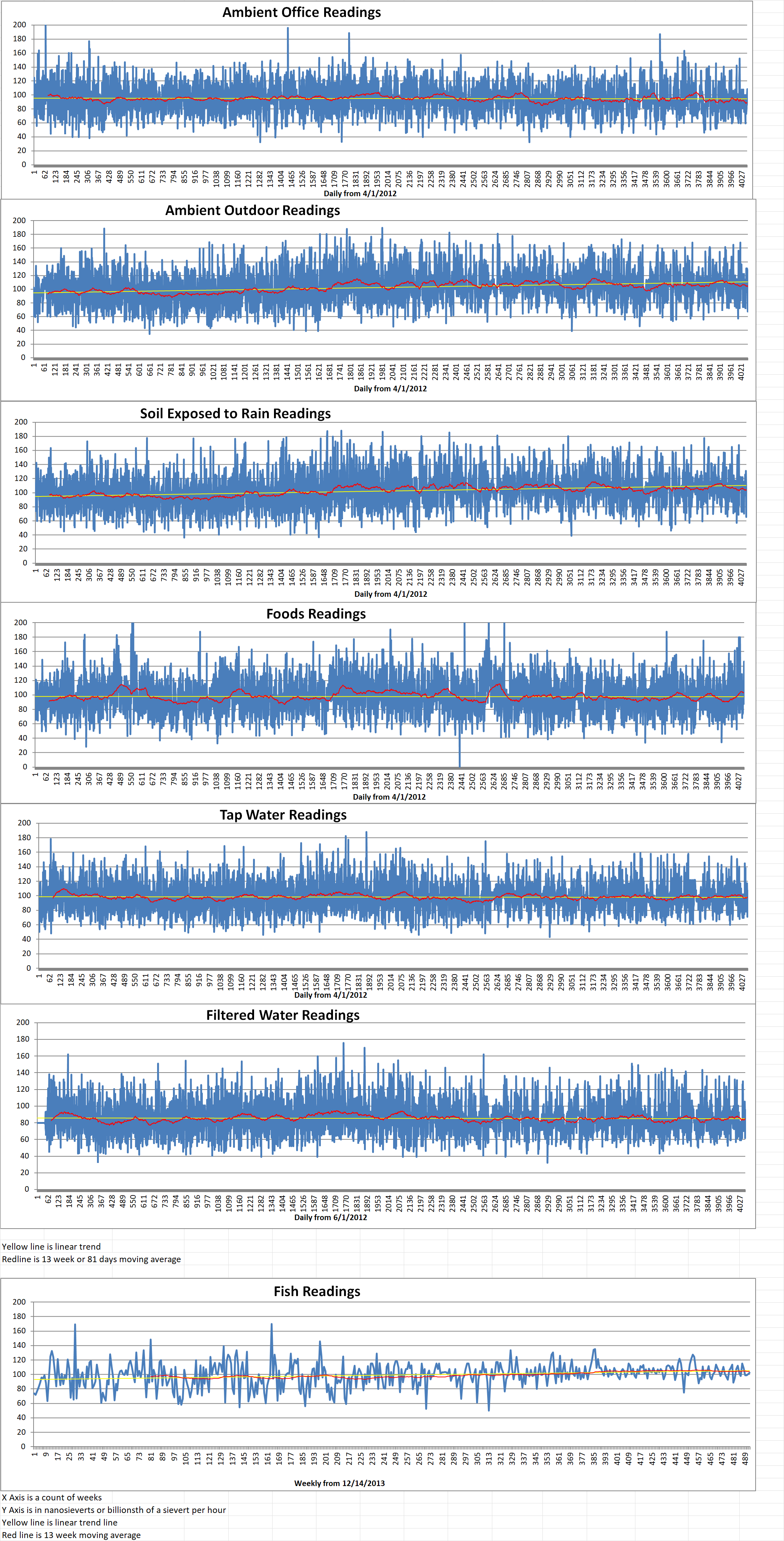
Geiger Readings for November 10, 2023
Ambient office = 109 nanosieverts per hour
Ambient outside = 97 nanosieverts per hour
Soil exposed to rain water = 95 nanosieverts per hour
Garlic bulb from Central Market = 146 nanosieverts per hour
Tap water = 107 nanosieverts per hour
Filter water = 595 nanosieverts per hour
